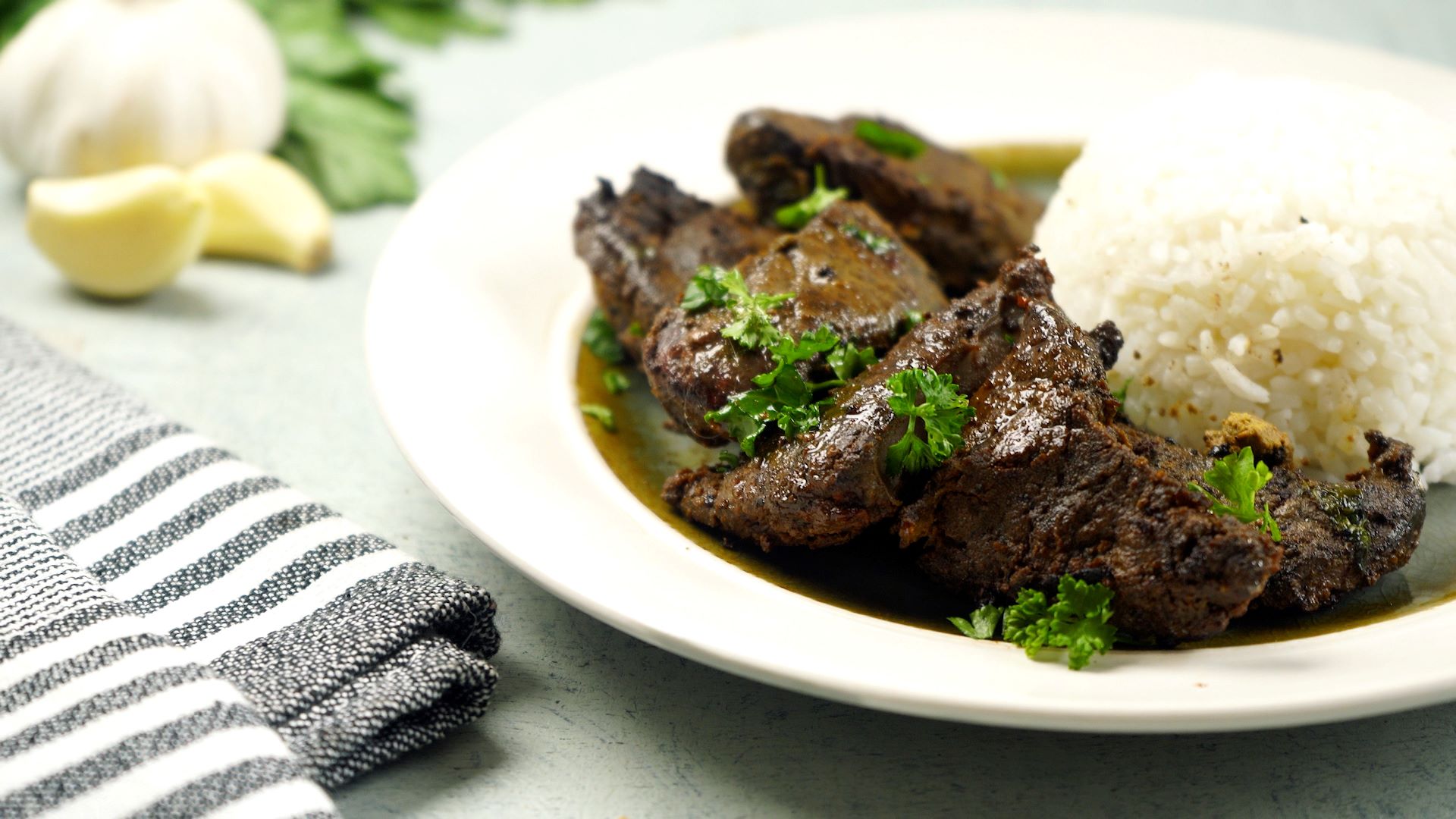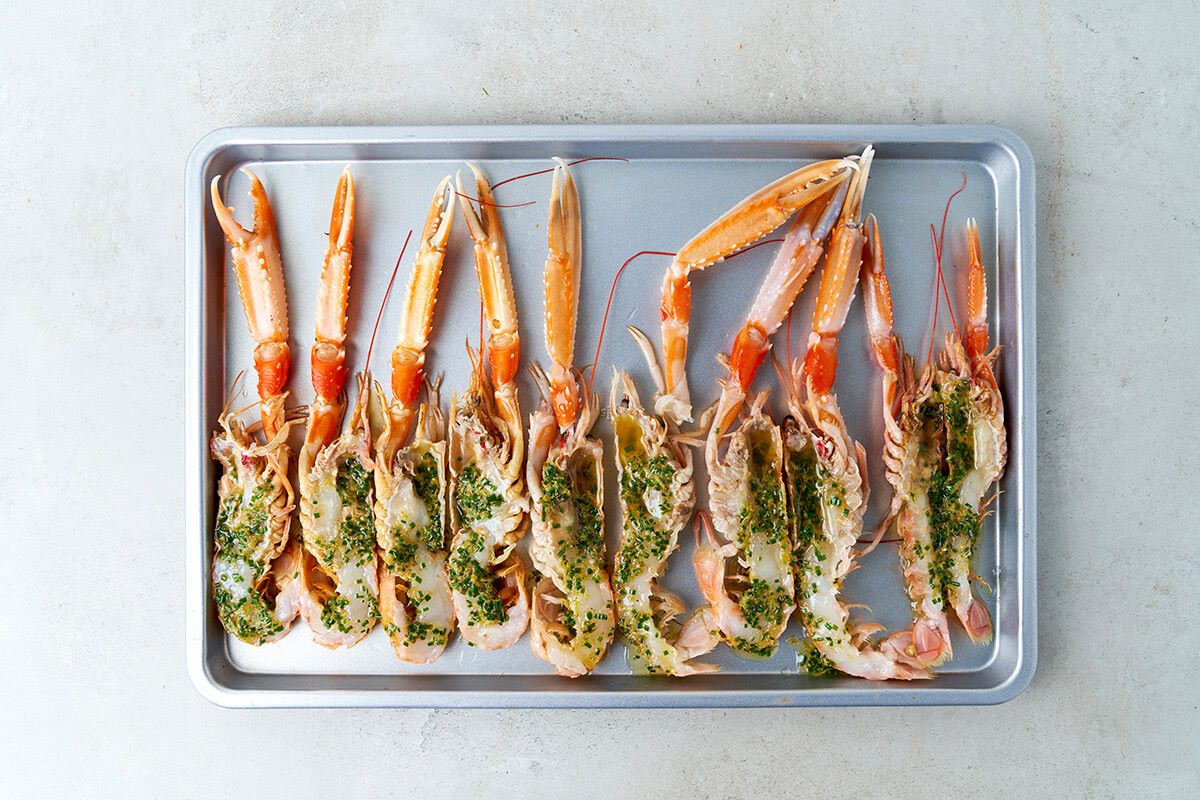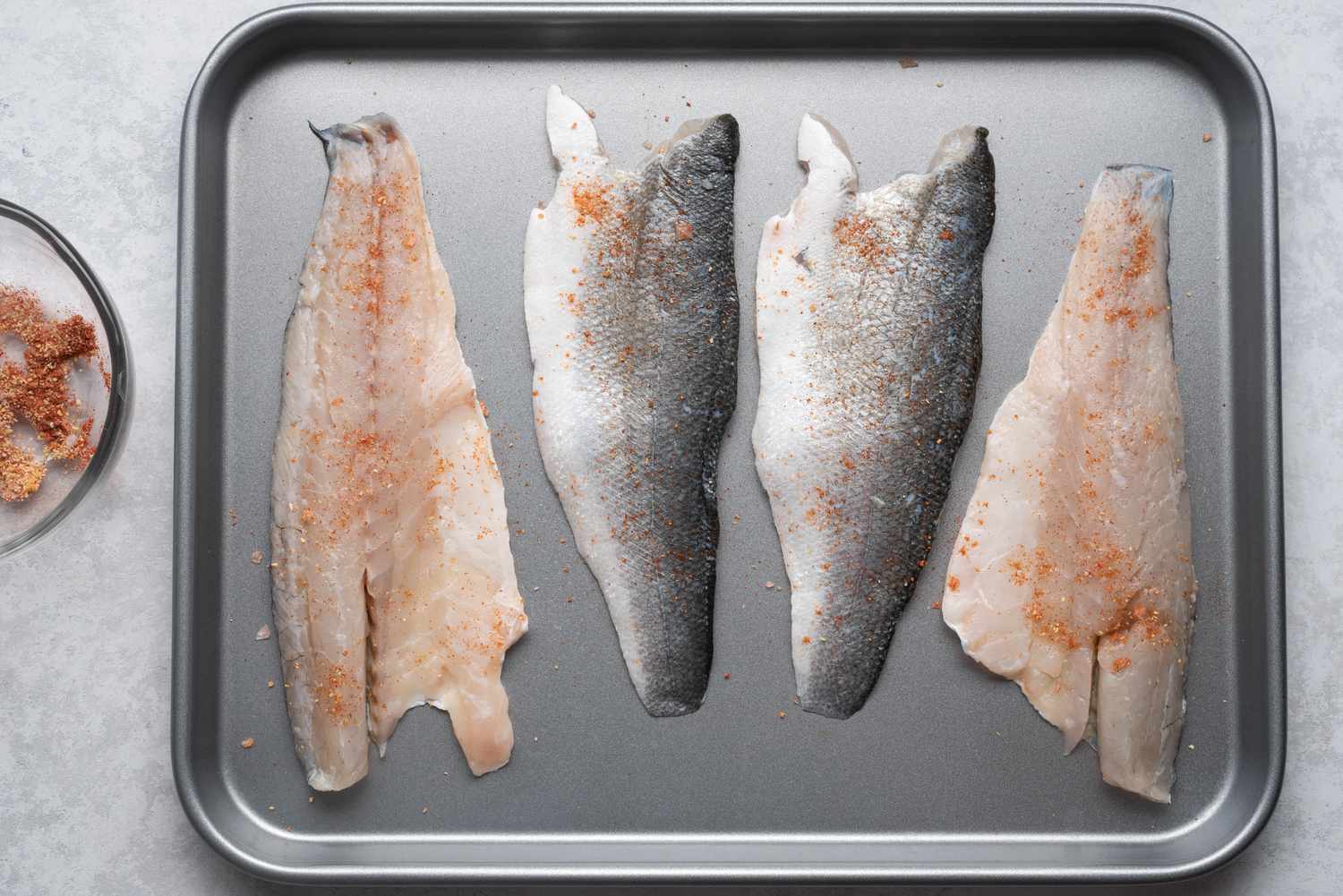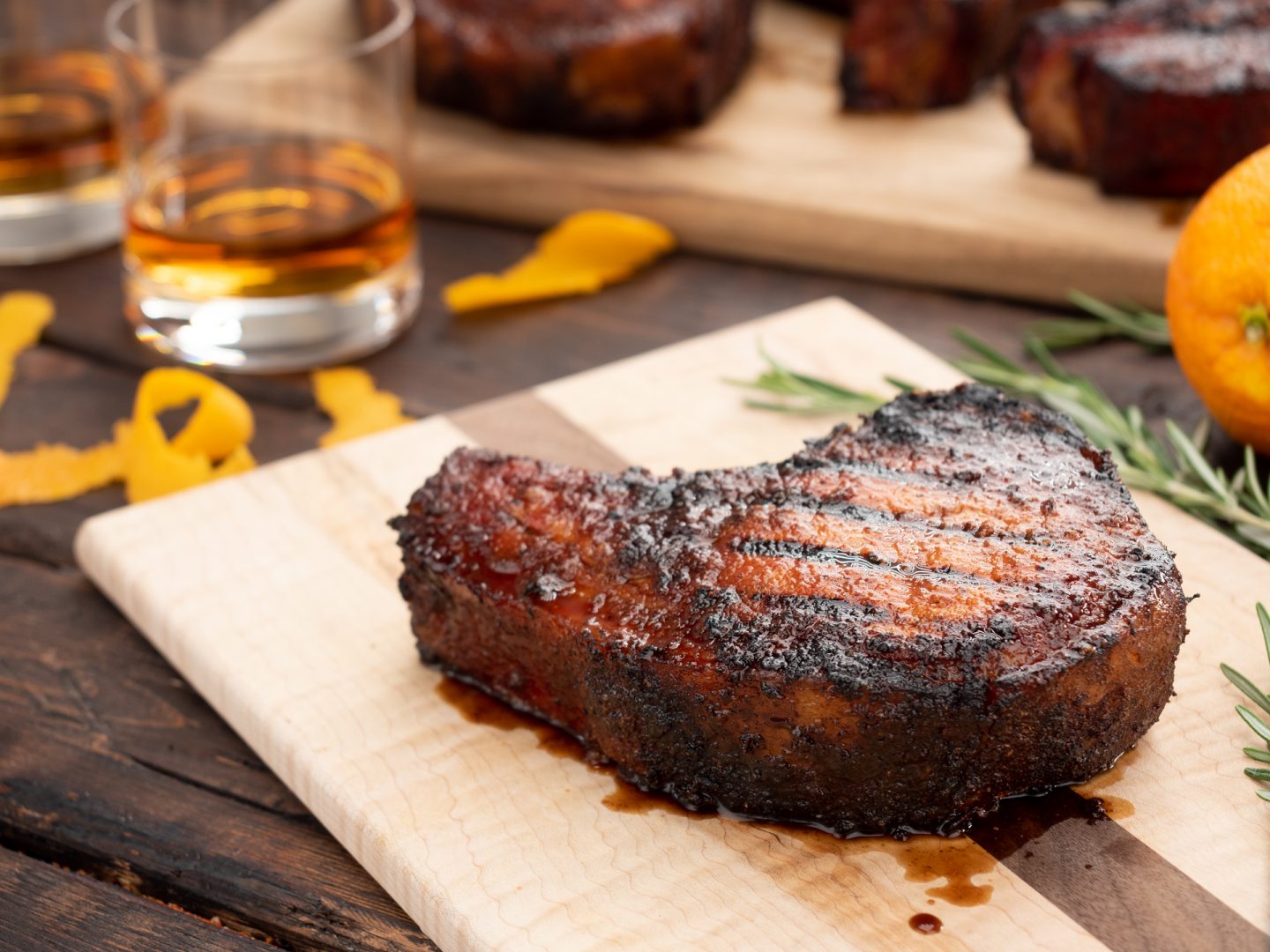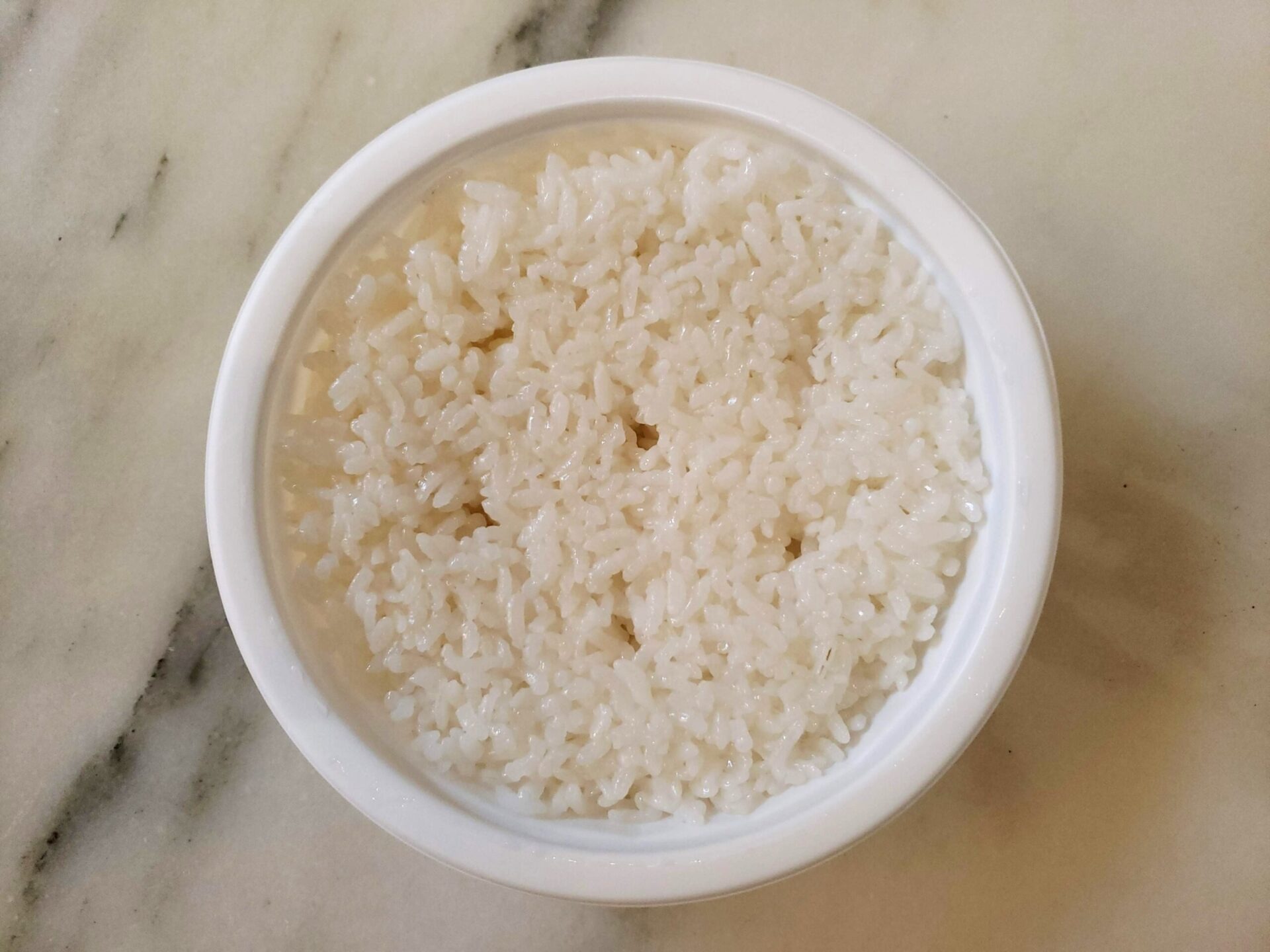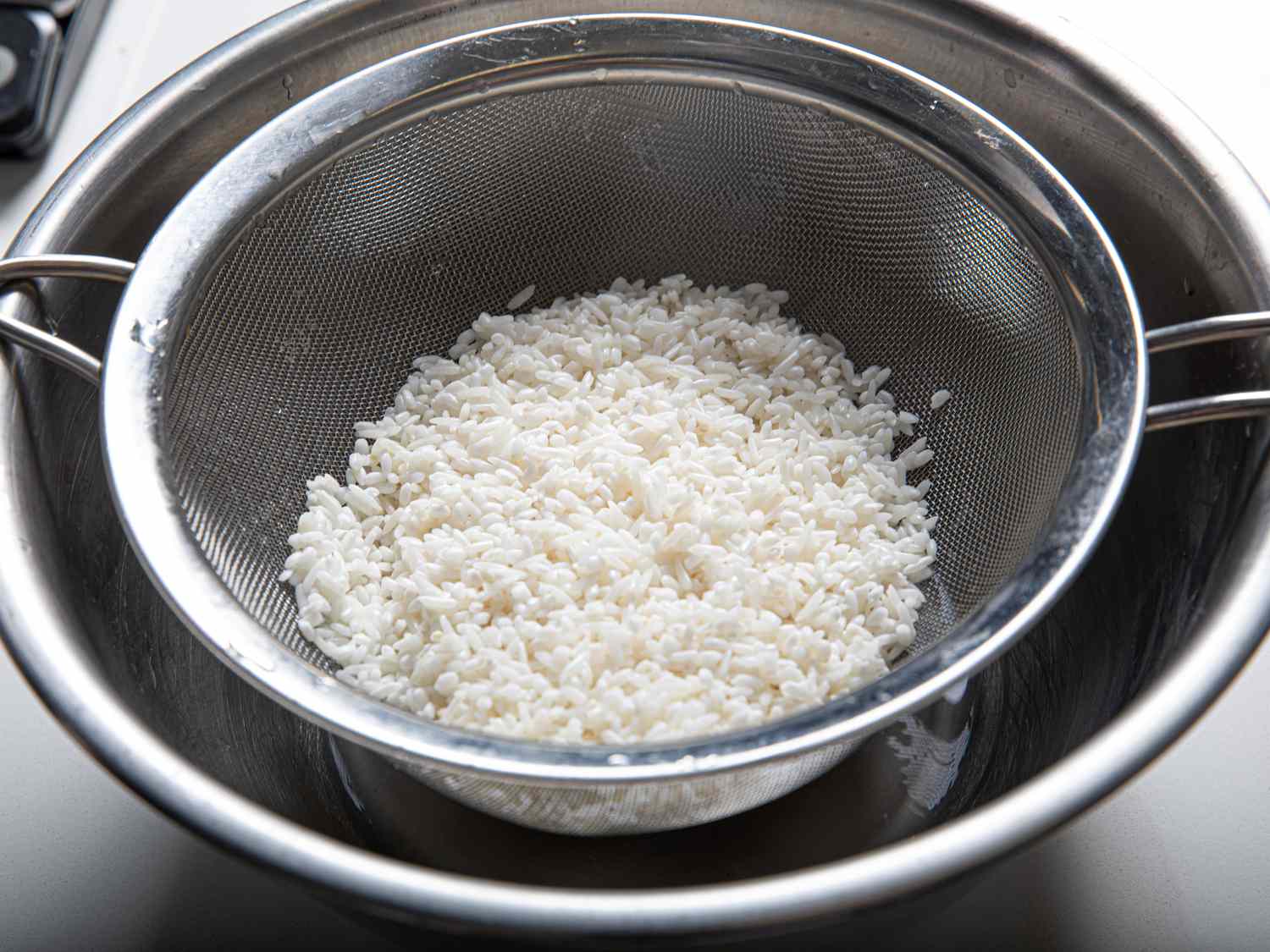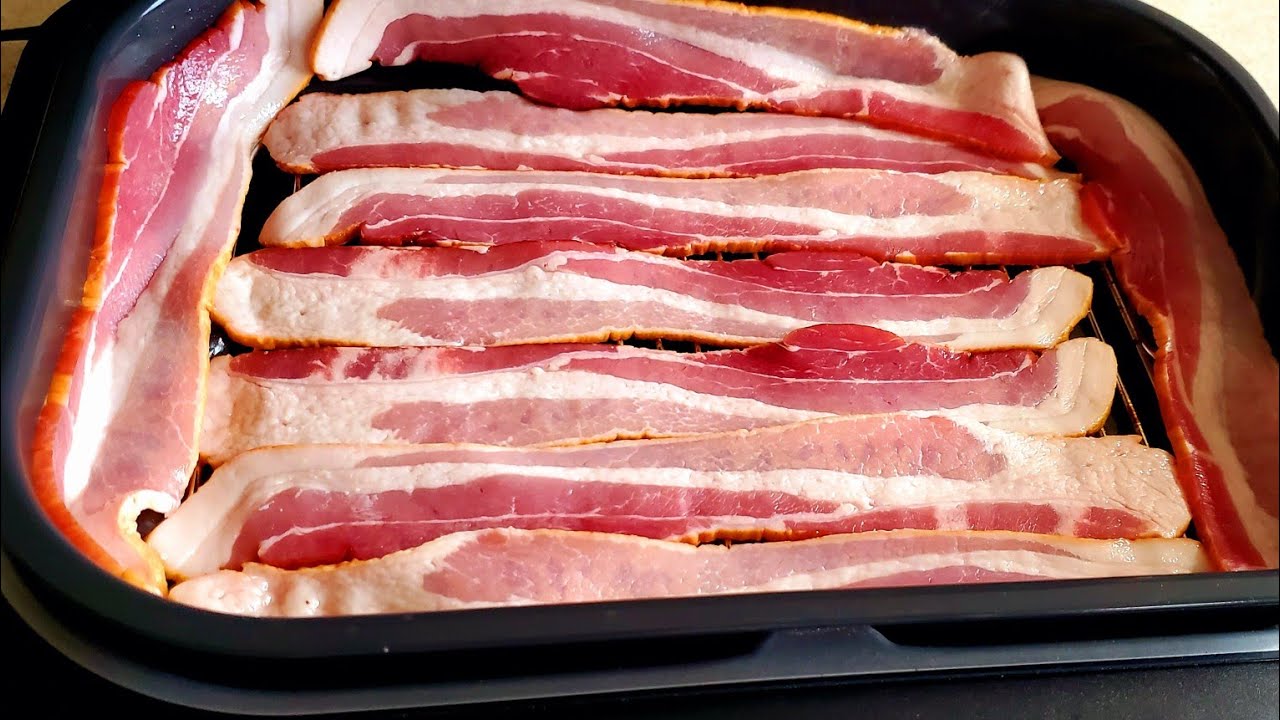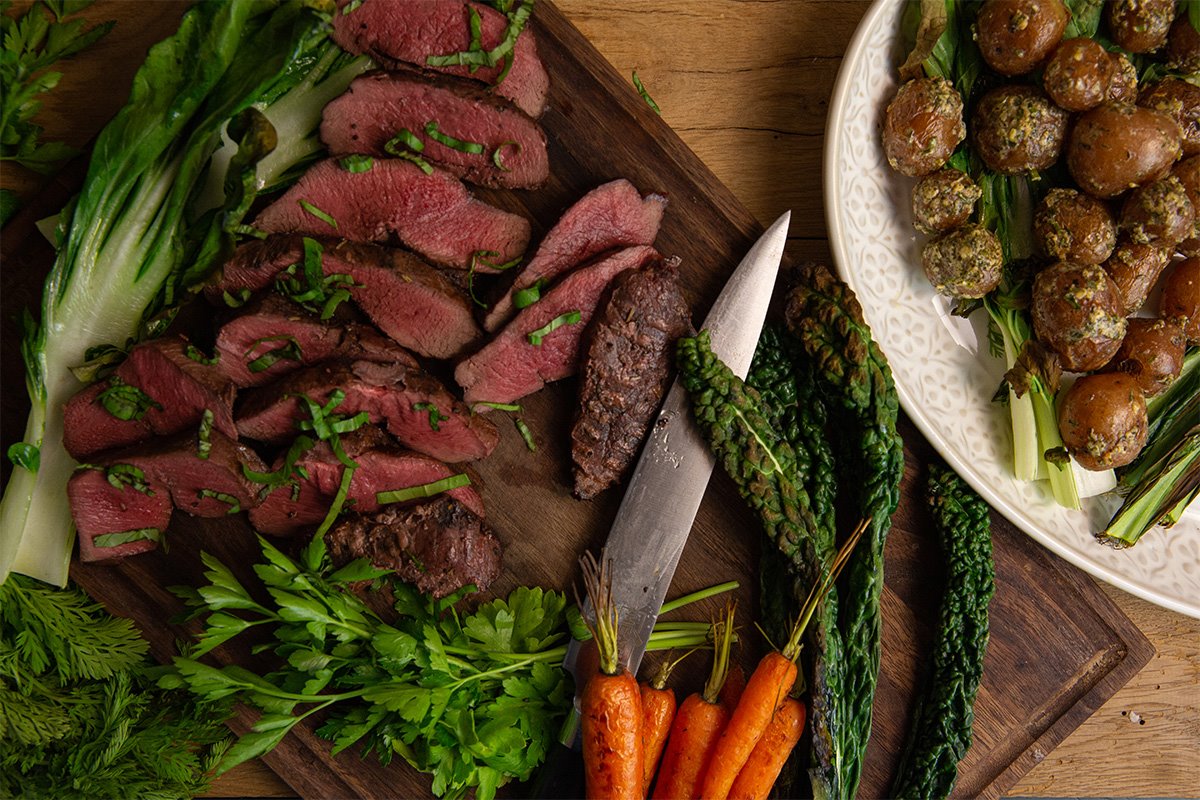Delicious and Nutritious: Cooked Pig Ears for Your Canine Companion
When it comes to treating our furry friends, we always want to provide them with the best. Whether you’re looking to add variety to your dog’s diet or simply want to spoil them with a special treat, cooked pig ears can be a tasty and nutritious option. Not only do they satisfy your pooch’s chewing instincts, but they are also packed with essential nutrients that contribute to their overall well-being.
The Benefits of Cooked Pig Ears
Cooking raw pig ears for your dog has several advantages. Here are a few benefits:
- Healthy teeth and gums: Chewing on pig ears helps remove plaque and tartar buildup, promoting better dental health for your canine.
- High in protein: Pig ears are a great source of protein, essential for muscle development and repair.
- Rich in essential nutrients: They are packed with vitamins and minerals like zinc, iron, and niacin that contribute to your dog’s overall well-being.
- No additives or preservatives: By cooking pig ears at home, you have control over what goes into your dog’s treat, ensuring a natural and wholesome snack.
How to Cook Pig Ears for Your Dog
Now that you’re aware of the benefits, let’s dive into the process of cooking pig ears for your four-legged friend:
- Ingredients:
- Raw pig ears – make sure to choose high-quality, fresh ones from a trusted source.
- Water – for boiling.
- Instructions:
- Start by thoroughly rinsing the pig ears under cool water to remove any dirt or debris.
- Place the pig ears in a pot and cover them with water.
- Bring the water to a boil and let the pig ears simmer for about 2 hours or until tender.
- Once cooked, remove the pig ears from the pot and allow them to cool.
Voila! You now have a batch of delicious and nutritious cooked pig ears for your beloved pooch. Before serving, make sure they have cooled down to room temperature to avoid any burns or discomfort for your furry friend.
Serving Suggestions
Now that you have your homemade cooked pig ears, here are a few ideas on how to serve them:
- Give them as a standalone treat during training sessions or as a reward for good behavior.
- Use them as a tasty addition to your dog’s meal by cutting them into smaller pieces and mixing them with their regular food.
- Introduce them as a chew toy to keep your dog entertained and provide mental stimulation.
Remember, while pig ears can be a healthy and delicious treat for most dogs, it’s always important to monitor your pet while they enjoy their snack. Some dogs may have specific dietary restrictions or sensitivities, so it’s wise to consult with your veterinarian before introducing any new food into their diet.
Now that you know how to cook raw pig ears for your furry companion, you can delight them with a homemade treat that will have their tail wagging with joy! Enjoy cooking and bonding with your four-legged friend.
Disclaimer: It’s important to note that while this article provides general information about cooking pig ears for dogs, it is always best to consult with your veterinarian regarding your dog’s specific dietary needs and any potential health concerns before making changes to their diet.
Was this page helpful?
Read Next: How To Cook Corn On A Griddle
